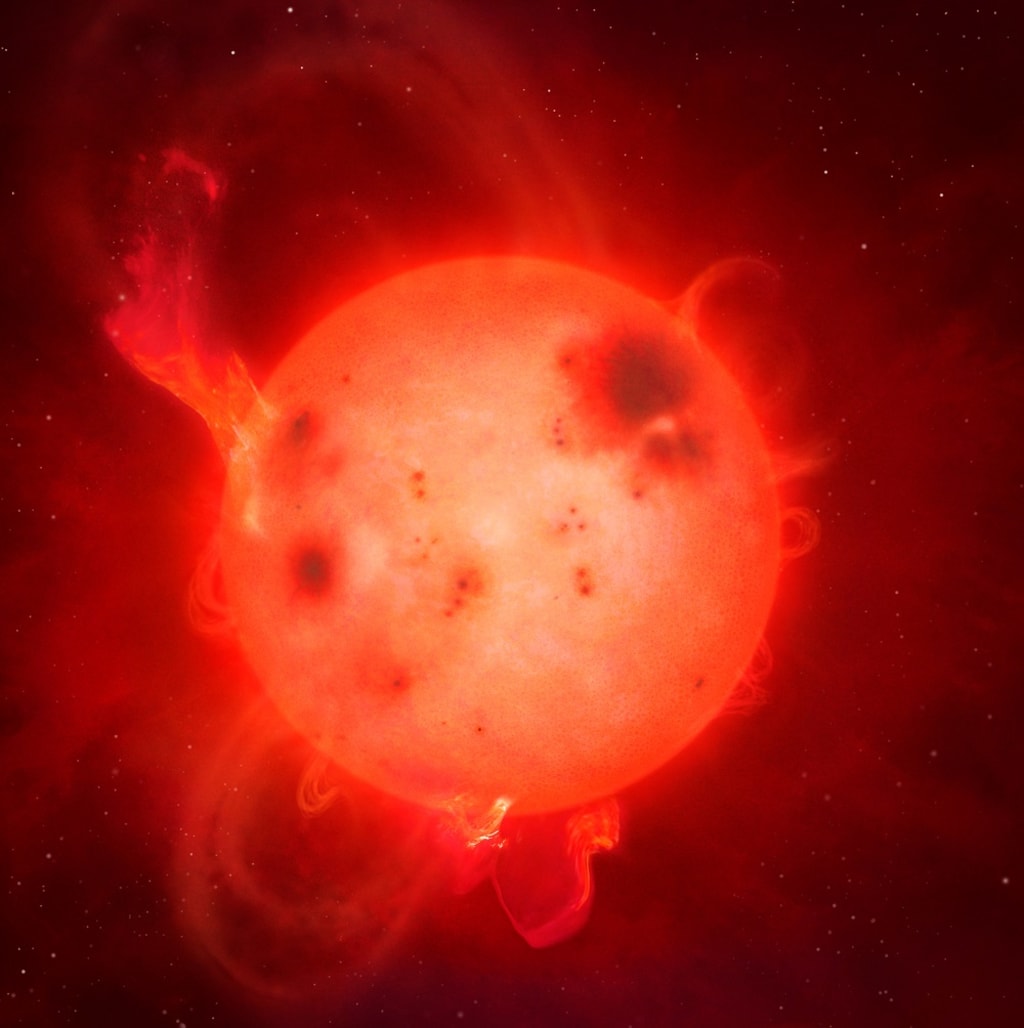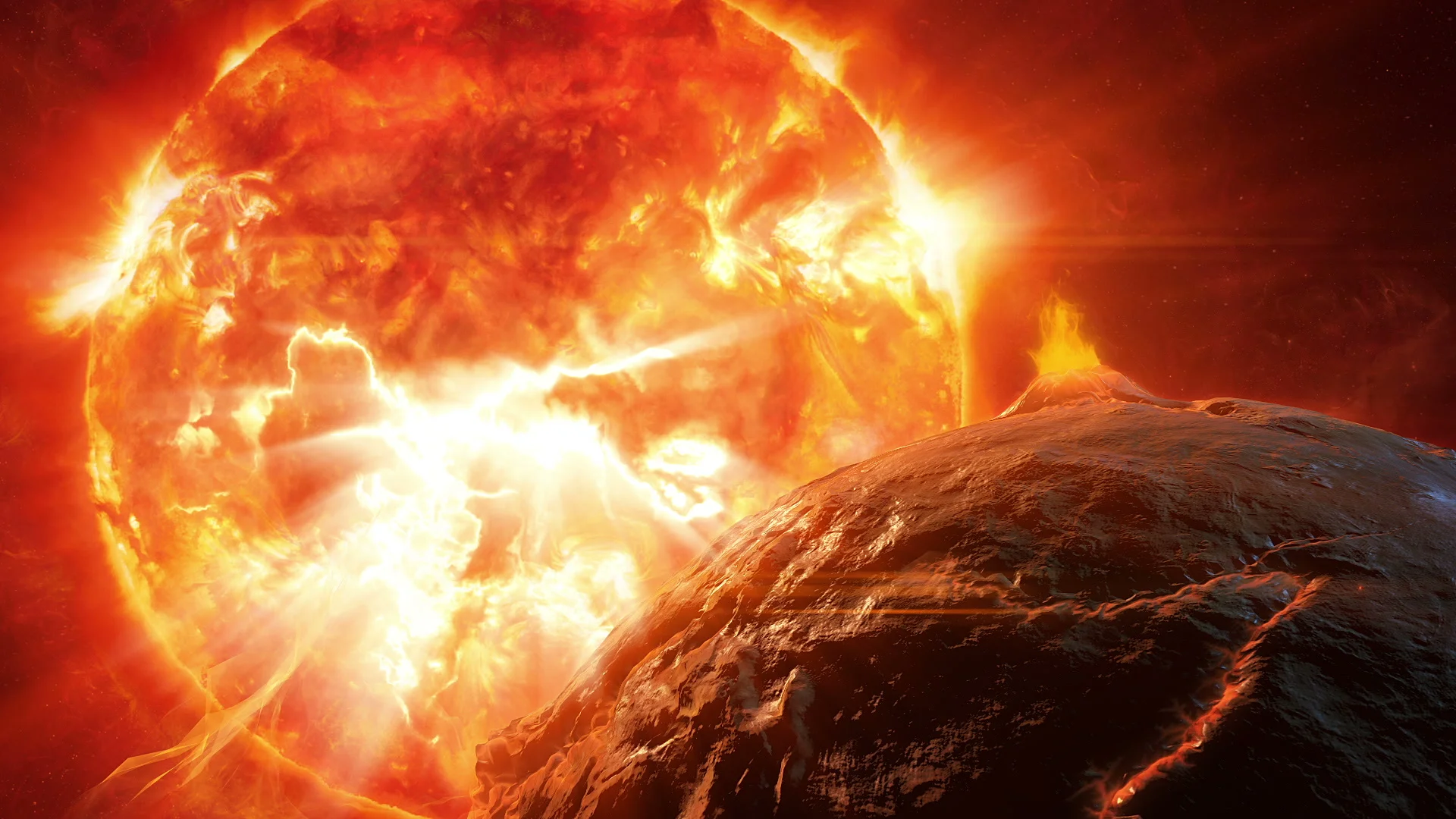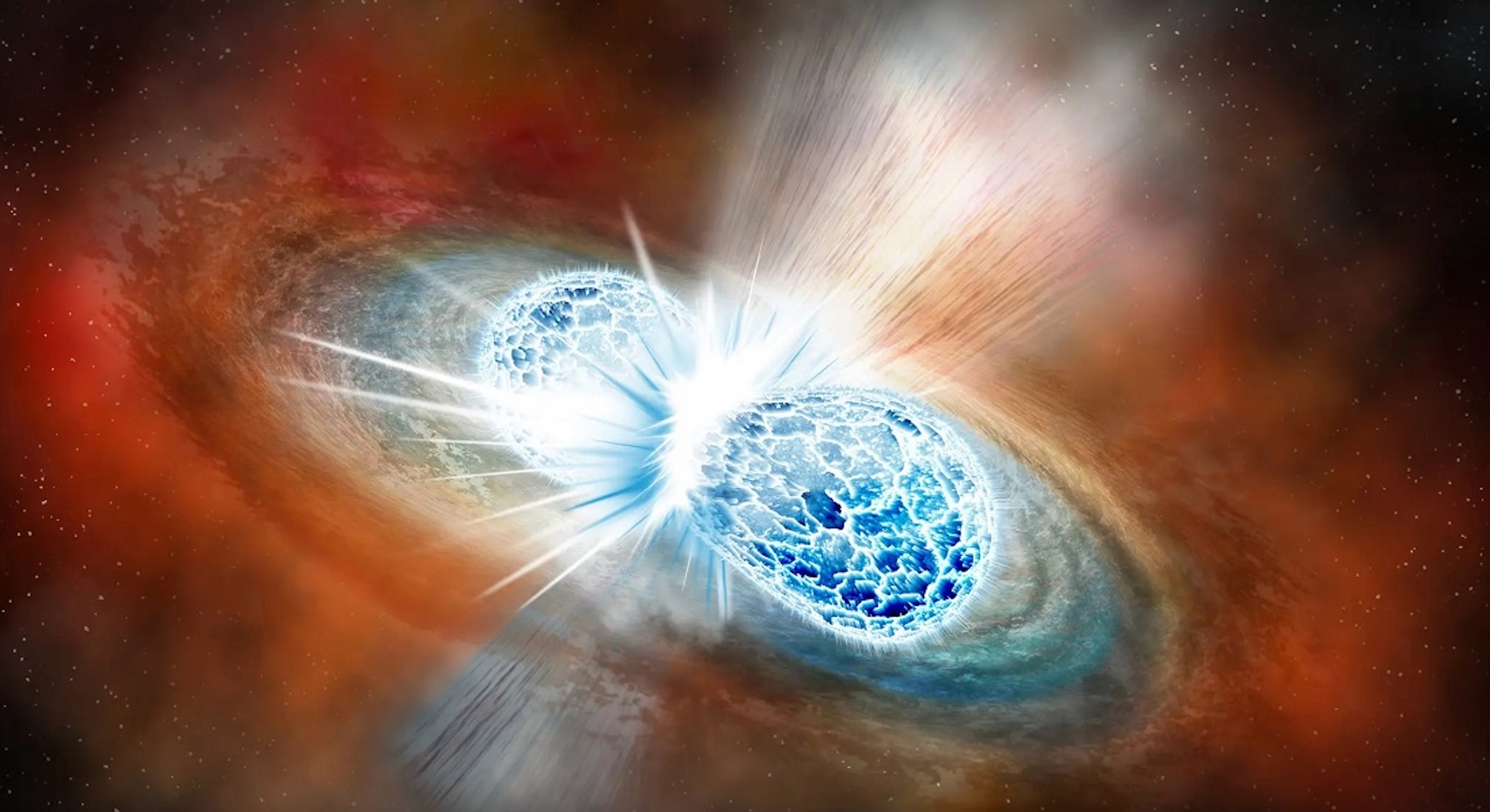
The Wonders of Stars
The light of the universe

The light of the universe
Stars are massive balls of gas that create light and heat through nuclear fusion. They vary in size, color, and brightness, each having a unique life cycle. Some stars can shine for billions of years, while others have much shorter lives. Their brightness helps guide astronomers in exploring the universe. A star's life begins in a nebula, a cloud of gas and dust. As it ages, it may expand into a red giant or shrink into a white dwarf. The most massive stars end their lives in spectacular explosions called supernovae. By studying stars, we learn about the history and evolution of the universe.

These stars, like our Sun, are in the stable phase of their life cycle, fusing hydrogen into helium in their cores. They account for about 90% of all stars and vary in size, temperature, and brightness.

When a main sequence star exhausts its hydrogen fuel, it expands and cools, becoming a red giant. These stars are larger and brighter than main sequence stars but have cooler surface temperatures.

Neutron Stars: These are incredibly dense remnants of supernova explosions. They form when massive stars collapse, resulting in a star that can be only about 20 kilometers in diameter but has a mass greater than the Sun. Neutron stars often emit beams of radiation, making them detectable as pulsars.